Video conferencing has become a crucial part of our lives. It facilitates anything from team sprint meetings to online course lessons. Its features make it possible to reach more participants without the transport or cost concerns. But it is also important to secure video conferences from non-participants.
Disruption from non-participants could simply be someone accidentally entering the wrong online meeting. But it could also be someone purposefully hacking in and displaying offensive and upsetting material. As a teacher, you want to protect your students from this, as well as deliver high-quality lessons as intended. Preventative measures can be taken to make your video conferences more secure. This stops intruders from gaining entry to your meetings and limits the damage they can cause.
What is secure video conferencing?
As video and audio data is transmitted during your webinars and classes using public internet networks, hackers can access your video call and leak private information or disrupt your teaching. As a teacher, you have privacy and safeguarding obligations to your students. This means you need to prevent unauthorized access. Also, for your courses to receive a high net promoter score from students, your classes should be a quality experience.
Secure video conferencing looks at the best practices to use when hosting your calls to minimize the opportunity for hackers. Some measures are provided through the tools that various software have. This allows you to increase security when entering the meeting space. Alternatively, there are precautions you can take when using video conferencing software, helping to keep teachers alerted to potential hackers and reduce their impact.

Image Source
Having measures and practices in place allows your teaching with technology to run safely. You will know that student information is protected and your video calls are private. This means setting up every meeting with the protective settings and features in place. You should also maintain up-to-date knowledge of new tools available and ways of securing your video conferences. When working with a group, it also relies on the other participants to uphold the practices too.
Tools to improve your video conferencing security
1. Passwords
Most video conferencing software has password features to secure your meetings. Some may automatically generate a password or require two-factor authentication. But others will have to be switched on and have passwords manually set. Choose strong passwords for your online classes to prevent hackers from guessing them. This acts as the first layer of defense to stop anyone who fancies it from joining.
2. Waiting rooms
Once a password has been inputted, a waiting room holds participants while you prepare and allows you to check that they are who you’re expecting. By optimizing your notifications, you can receive an alert when people join the waiting room. If a non-participant makes it this far, you can reject them from your video conference before they can disturb the meeting. Other participants won’t know about it, and the potential hacker won’t take any information from your class.
3. Meeting lock
When you’re no longer expecting anyone else to join, using a meeting lock feature can prevent any other participants from gaining entry. New participants will be put in the waiting room and won’t join the meeting automatically. This can help target employee unproductivity in work meetings. It also helps you remain focused on your teaching without having new participants interrupting. This can be unlocked at later stages when other attendees are joining.
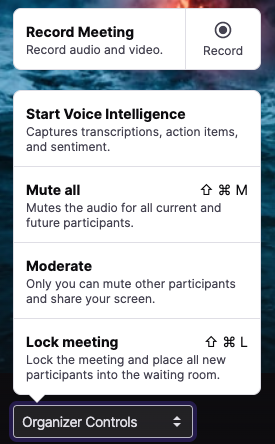
Image Source
4. Remove participant
Before starting your online classes, find the option to remove a participant. You may want to practice with someone else so that you can quickly do it in an emergency. In the situation where a hacker does make it into your video conference, this allows you to get rid of them.
Knowing how to do this can minimize the damage they cause and allow your class to continue. As the host, this option should be available, although it may be found in different places with varying software.
5. Participant settings
In your settings, there may be further controls or restrictions you can place on participants. This includes preventing them from:
- Sharing their screen
- Starting breakout rooms, which could amplify the danger of hackers
Reviewing these settings informs you of what control students have. This allows you to anticipate how to manage these and keep your participants safe.
Secure video conferences from non-participants
- Use up-to-date software
Hackers are constantly finding new ways of:
- Overcoming security measures
- Finding flaws in your software
- Gaining entrance to meetings.
However, video conferencing platforms know the answer to the vital question, “What is product testing?” and use it to reinforce their protection or add additional safety features through their updates.
Keeping your software up to date applies these improvements to your classes, fixing issues and optimizing your existing security.
Requests to update your software often appear as you open the application or close it down. These may appear in pop-ups, so read the message carefully and allow time for the updates to happen. Otherwise, in your software settings, there may be a section for updates to automatically turn them on or manually prompt updates to start. Regularly checking your software for updates protects your video call data and helps you stay ahead of hackers.
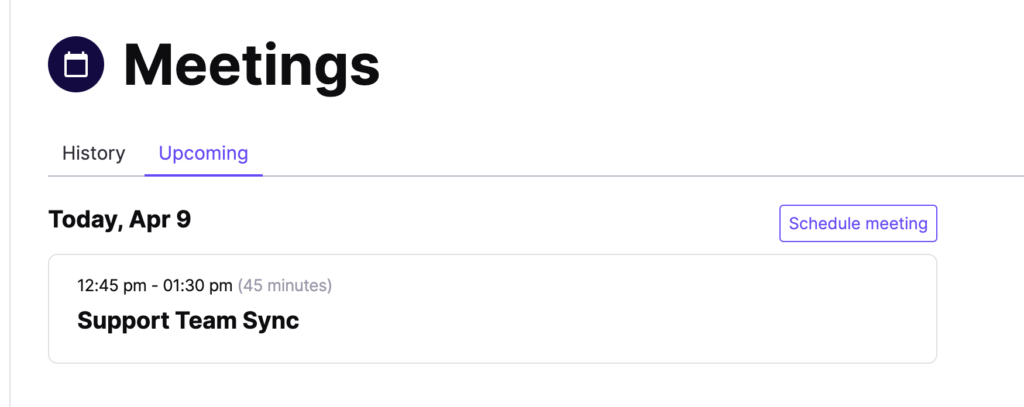
Image Source
- Limit link sharing
When scheduling video conferencing classes for your students, it can be tempting to share the meeting invite on a public platform. This allows everyone to easily find it and join the meeting. But this also makes it easy for hackers to join. Even if you don’t share meeting access information, it alerts hackers to your class so they can attempt to override the system and gain entry.
Instead, contact participants individually and privately share class links with them. Use encrypted emails or messaging applications that allow only intended recipients to view the link. Avoid sharing links on platforms where non-participants will see them. And discourage students from passing them on to others. This limits who knows about your video conference and, therefore, who will attempt to join it.
- Review your settings
As mentioned before, settings can add additional security to your meetings when tailored to your needs. Reviewing your settings can show what options are available for attendees and accidental non-participants. You will also be able to see what additional meeting settings can be applied to your classes. These may vary depending on the video conferencing software you choose, affecting how much control the host has over the meeting.
When choosing your video conferencing software, take into consideration the security settings and features for remote learning that your application offers. Also, it’s a good idea to check your settings when using new software or after an update. These may have reverted to the original settings or have different options than what you expected. Your settings need to be in place before your online classes start, as you don’t want to be caught out during your video call.
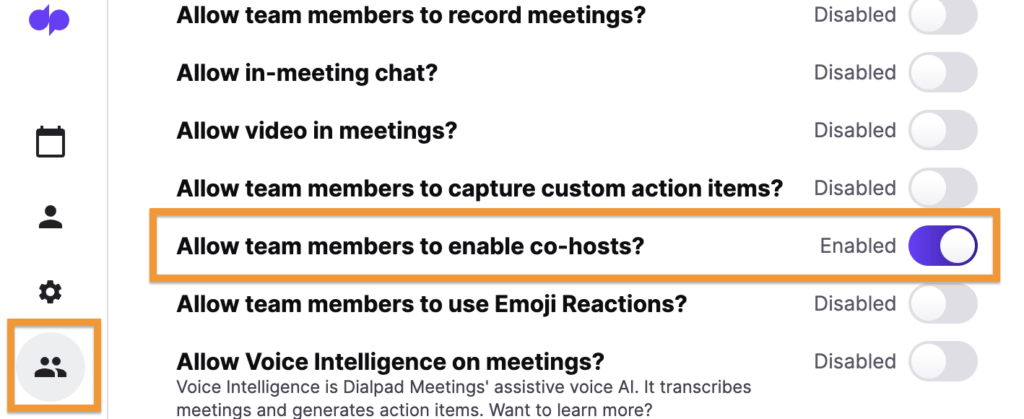
Image Source
- Avoid video where possible
Not all classes need participant video to be turned on at all times. When possible, encourage students to turn their video off or stop all videos on a call. For those with smaller bandwidths, this will improve the quality of their audio as well as safeguard identifying information of attendees should a hacker enter the meeting. Likewise, this will prevent the hacker’s video from turning on, stopping them from sharing offensive or harmful images.
Depending on your video conferencing options, you can turn off all attendee videos as they enter the meeting. This reduces the methods hackers can use to disrupt your class. In some cases, hosts can also manually turn off the video of participants. Even so, if you’re not planning on using video, it may be more secure to schedule an audio call or find an online space to host a discussion related to your topics (such as the best affiliate marketing forum or online groups).
- Be wary of unknown numbers/names
If students have had to sign up for your class and you’ve distributed the login details directly to them, you should have some idea of who to expect. When a number or name is unknown, trust your instinct, and check their identity before letting them into the video conference. It may be a student using a different device or some other innocent reason, but it’s better to be certain first. Otherwise, you may be letting non-participants in from lack of attention.
For unknown numbers or names, get them to confirm their Dialpad caller ID and identity. Some software (and other Dialpad alternatives such as InEvent, Zoom and Gmeet) asks students to input the name or email address they gave when signing up. This checks the details, so only the people that are meant to be in your class are let in. If a participant refuses to confirm their identity, it’s likely this is a hacker or someone who shouldn’t be in the video call. So you can reject them from the meeting.
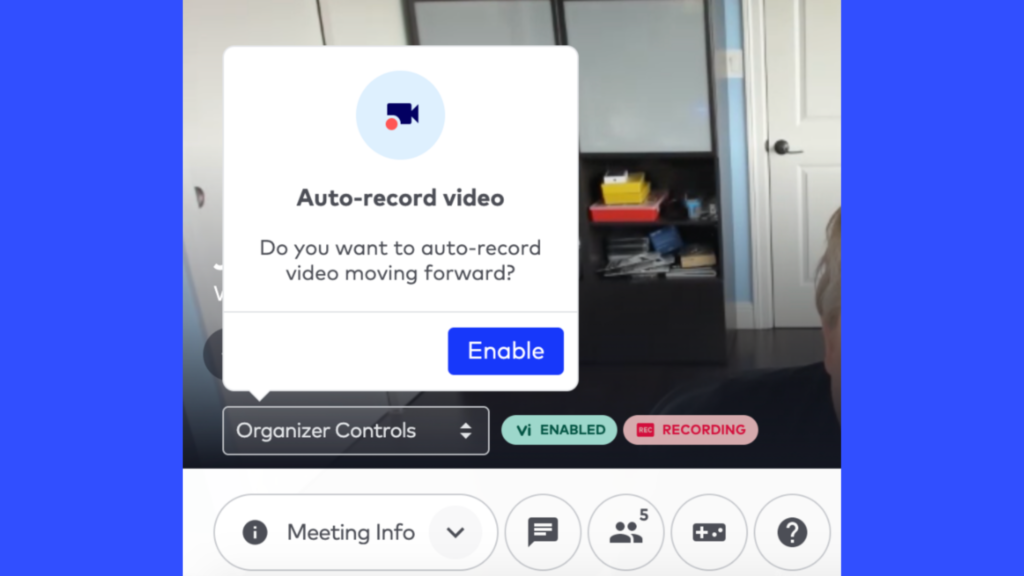
Image Source
- Encrypt recordings
Video recording can be a useful feature of online classes. It allows those who missed it to catch up and those in attendance to review what they learned. Nonetheless, classes may contain personal information, such as names of attendees, videos of them, and other details they share. To keep this security when distributing, encrypt your recordings so that hackers are unable to see or use them, tamper with the content, or abuse the information.
Check your software and file sharing platform has end-to-end encryption, preventing others from gaining access to the data. In some cases, you can password protect your encryption, further ensuring only the intended recipients can view and listen to your webinar recordings. Explaining why you have encrypted your recordings to students can help encourage them not to share the recordings with others and be cautious about the files and attachments they open.
- Use private internet connections
Not all internet networks are equal, with different types of neural networks making some more exposed and easier for hackers to use. Public internet connections or Wi-Fi networks may be convenient and immediately available. However, they allow anyone using the same network to hack into your meeting. Although some public connections are password-protected, the best scenario is using a private network.
Try to host your online classes from a private location, whether this is an office space or a remote desk. These spaces are more likely to have private internet connections or a VPN to make your video calls harder to hack into. Similarly, encourage your students to do the same, rather than connect from public coffee shops or free library networks. This also prevents the general public from listening to your calls via your student’s laptop.
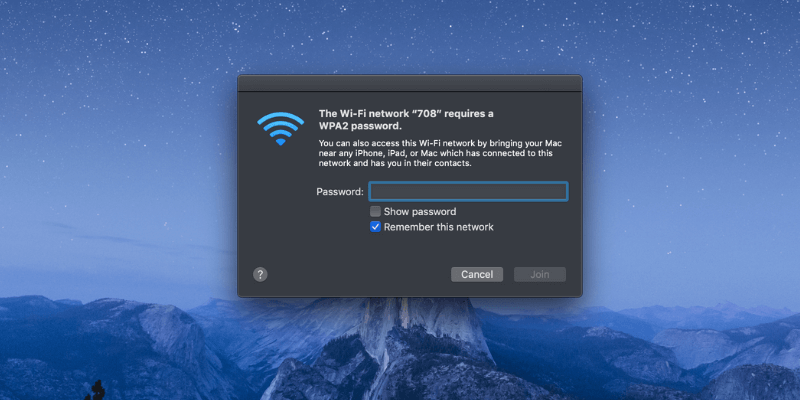
Image Source
- Educate your team
It’s great that you know the best ways to protect and secure your video conferences, but if other teachers using the same systems don’t know them, your classes may still be at risk. All it takes is another teacher sharing your class links or accidentally changing your settings for a hacker to find a way to disturb your webinars. It requires a team effort to ensure security and safety are considered at every stage, reducing your vulnerabilities online.
Host training sessions regularly to ensure your team knows the best practices for video conference security and what tools are available to help them. This also enables you to update each other on online threats and find ways to prepare against them. Likewise, new features or settings that are added to your software can be introduced and highlighted, helping everyone to put them into action and increase student data privacy and video conference security.
Improve your video conference security now
Making your video conference more secure can be so simple, but unless you’re taking these measures consistently and encouraging others in your teams to do the same, you could be vulnerable to cyber attacks. Many of these measures are the same whether you’re learning how to start a call center or delivering one-on-one meetings.
Start putting some of our tips into practice and become more familiar with the security tools at your disposal. The more security measures you take, the better protected your video conferences will be. This is because each method adds another barrier between your classes and hackers. It protects against disruption in your classes and safeguards your students while they’re online.
The post A Teacher’s Guide: How to Secure Your Video Conferences From Non-Participants appeared first on Emerging Education Technologies.
------------Read More
By: Jenna Bunnell
Title: A Teacher’s Guide: How to Secure Your Video Conferences From Non-Participants
Sourced From: www.emergingedtech.com/2022/06/teachers-guide-how-to-secure-video-conference-from-non-participants/
Published Date: Thu, 02 Jun 2022 12:58:41 +0000
Did you miss our previous article...
https://trendinginbusiness.business/technology/hp-support-assistant-has-a-dll-hijacking-vulnerability
.png)





